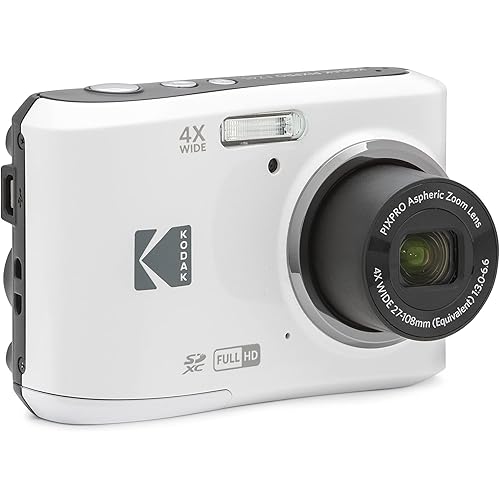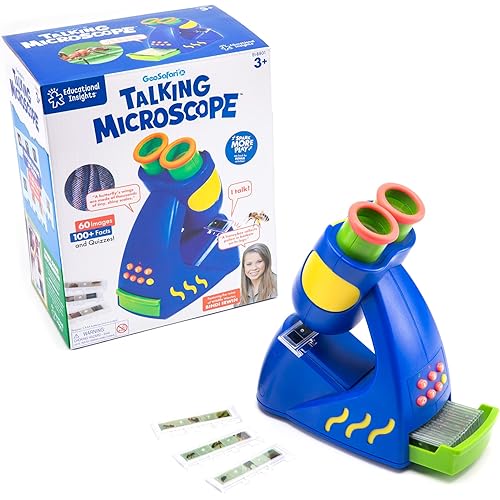AmScope-KIDS M30-ABS-KT1 Beginner Microscope Kit, LED and Mirror Illumination, 120x - 1200x Six Magnifications, Metal Frame and Base, Includes 48-Piece Accessory Set and Case,Black





Buy Now, Pay Later
- – 4-month term
- – No impact on credit
- – Instant approval decision
- – Secure and straightforward checkout
Ready to go? Add this product to your cart and select a plan during checkout.
Payment plans are offered through our trusted finance partners Klarna, Affirm, Afterpay, Apple Pay, and PayTomorrow. No-credit-needed leasing options through Acima may also be available at checkout.
Learn more about financing & leasing here.
Selected Option
Returnable until Jan 31, 2025
To qualify for a full refund, items must be returned in their original, unused condition. If an item is returned in a used, damaged, or materially different state, you may be granted a partial refund.
To initiate a return, please visit our Returns Center.
View our full returns policy here.
Recently Viewed
Color: Black
Features
- Beginner compound microscope provides high magnification for educational applications
- Monocular viewing head with LED and mirror illumination and built-in color filter wheel
- Forward-facing rotating turret provides 120x, 240x, 300x, 480x, 600x, and 1200x magnifications
- Coaxial coarse focus has a rack-and-pinion focus mechanism on a durable and stain-resistant black metal frame
- Comes with 48-piece accessory kit and hard-sided plastic carrying case
Description
The AmScope M30-ABS-KT1 beginner compound microscope has a monocular viewing head with LED and mirror illumination, a built-in color-filter wheel, a forward-facing rotating turret with 300x, 600x, and 1200x magnification, and a black metal frame. The monocular viewing head has LED and mirror illumination and a built-in color-filter wheel for viewing a variety of specimen types. Coaxial coarse focus eases use for young users and has a rack-and-pinion focus mechanism for precise focusing. The plain stage has stage clips that secure the slide or specimen in place during viewing. The black metal frame is durable and stain-resistant. The microscope comes with a 48-piece accessory kit and a hard-sided plastic carrying case. The LED light is powered by two AA batteries (included). SpecificationsHeadMonocularMagnification300x, 600x, 1200xStagePlainFocusCoaxial coarseLight sourceLED and IncidentalPowerAA batteries (2) Microscopes are instruments used to enhance the resolution of an object or image. Types include compound, stereo, or digital. Compound microscopes use a compound optical system with an objective lens and an eyepiece. Stereo microscopes show object depth in a three-dimensional image. Digital microscopes are used to display an image on a monitor, rather than looking through a lens. Microscopes can have monocular (one), binocular (two), or trinocular (three) eyepieces, with varying magnification abilities. Magnification ability refers to the size of an image. Resolution, also known as resolvant power, refers to the clarity of the image. The interaction between field of view (FOV), numerical aperture (NA), and working distance (WD) determines resolution. Microscopes can control magnification through a fixed focus, or through a range of adjustments. They can also utilize LED, fluorescent, and mirror light sources to help control viewing capabilities. Microscopes are widely used in education, lab research, biology, metallurgy, engineering, chemistry, manufacturing, and in the medical, forensic science, and veterinary industries.United Scope manufactures microscopy equipment and accessories under the brand name AmScope. The company, founded in 1996, is headquartered in Irvine, CA.What's in the Box?AmScope M30 microscopeSpecimen slicerPetri dishPlastic tweezersPlastic scalpelPlastic spatulaNeedlePlastic stirring rodEosin(5) Prepared slides(7) Blank slides(16) Slide covers(8) Slide labels(3) Collecting vials(2) AA batteriesSpare LED bulbPlastic carrying case
Light Source Type: LED
Material: Plastic
Color: Black
Product Dimensions: 12.99"L x 9.84"W x 6.69"H
Real Angle of View: 90 Degrees
Magnification Maximum: 1200 x
Item Weight: 2.7 Pounds
Voltage: 3 Volts
Brand: AmScope
Objective Lens Description: Achromatic
Is Discontinued By Manufacturer : No
Product Dimensions : 12.99 x 9.84 x 6.69 inches; 2.7 Pounds
Item model number : M30-ABS-KT1
Batteries : 2 AAA batteries required. (included)
Date First Available : October 1, 2013
Manufacturer : United Scope LLC.
Best Sellers Rank: #181,173 in Toys & Games (See Top 100 in Toys & Games) #157 in Kids' Microscopes
#157 in Kids' Microscopes:
Customer Reviews: 4.2 4.2 out of 5 stars 2,034 ratings
Frequently asked questions
To initiate a return, please visit our Returns Center.
View our full returns policy here.
- Klarna Financing
- Affirm Pay in 4
- Affirm Financing
- Afterpay Financing
- PayTomorrow Financing
- Financing through Apple Pay
Learn more about financing & leasing here.
Similar Products
Top Amazon Reviews

























